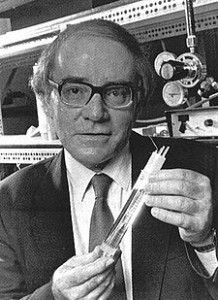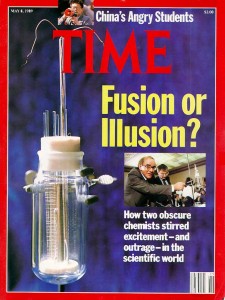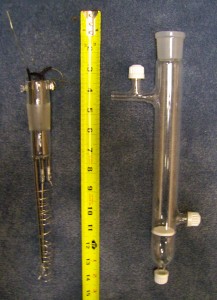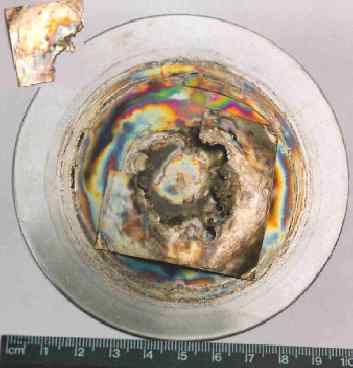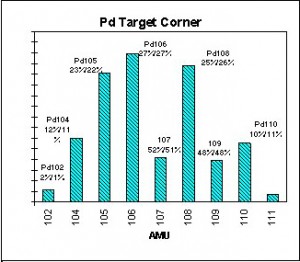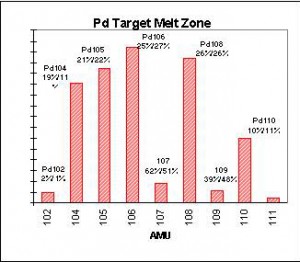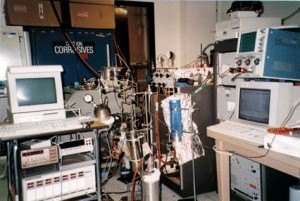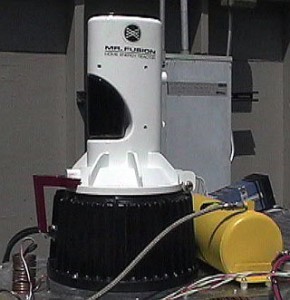
Cold Fusion Ecologies
Cold fusion presents itself in a number of modalities.
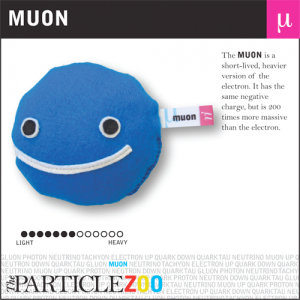 In the 1950’s the first form of cold fusion was reported as being “Muon Catalysed Cold Fusion.” Physicist Louis Alvarez described the reaction wherein muon’s which are heavy electrons can get very near to the nucleus of an atom of deuterium.
In the 1950’s the first form of cold fusion was reported as being “Muon Catalysed Cold Fusion.” Physicist Louis Alvarez described the reaction wherein muon’s which are heavy electrons can get very near to the nucleus of an atom of deuterium.
By doing so their inherent negative charge is thus able to screen the positive charge of the proton allowing another deuterium nucleus to approach close enough to be caught up in the short range attractive nuclear strong force. A normal electron orbits at a much more distant rage from the nucleus in the territory where the repulsive Coulombic force is far more influential than the strong nuclear force.
Heavy Water Systems
Then came Pons and Fleischmann in 1989 who really got the field off to a major start and controversy. They described their experiments where electrochemical loading of a cathode made of hydrogen (deuterium) loving palladium resulted in large amounts of heat that could not be accounted for by any chemical process.
In spite of not seeing expected fusion radiation they declared that the reaction was a form of cold fusion. Two deuterium atoms fused to produce one atom of helium.
Over 25 years myriad forms of Pons Fleischmann cold fusion have been explored and demonstrated. The basic requirement is that the fusion fuel, isotopes of hydrogen, must come into intimate contact with or indeed be diffused/loaded into metal lattices.
The ideal metals are those that are most hydrogen loving. While many successes have been reported there have been many failures. It’s not enough to have just ready the cold fusion cookbook, its clear one must become a master chef to make it work.
Light water/ hydrogen
While most cold fusion has been described as involving deuterium the doubly heavy isotope of hydrogen some researchers have reported anomalous heat effects from ordinary light hydrogen. It is this latter light hydrogen work that has taken center stage of recent years in-spite of the lack of the high caliber heat, helium, and other nuclear measurements that have accompanied the best of the deuterium experiments.
One particular form of light hydrogen and Nickle experiment has captured many the imagination. While many have studied this nickle/hydrogen regime even fewer have been able to demonstrate it reproducibly than those working with deuterium and palladium.
 The present favourite persona of many is an Italian by the name of Rossi who is reportedly presently engaged having his megawatt scale cold fusion thermal reactors tested by independent industrial groups. Most recently Rossi has indicated these industrial tests will be completed in the fall of 2014.
The present favourite persona of many is an Italian by the name of Rossi who is reportedly presently engaged having his megawatt scale cold fusion thermal reactors tested by independent industrial groups. Most recently Rossi has indicated these industrial tests will be completed in the fall of 2014.
In the USA NASA is researching cold fusion that they refer to as low-energy nuclear reaction (LENR) technology that it hopes could eventually see cars, planes, and homes powered by small, safe nuclear reactors. NASA seems to think it has cold fusion nearly ready for prime time.
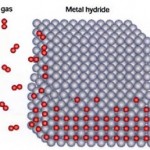 In NASA’s view LENR is absolutely nothing like either conventional fission or hot fusion. Where fission and fusion are underpinned by strong nuclear force, LENR harnesses power from weak nuclear force — but capturing this energy is difficult. So far, NASA’s one of their efforts involves seems to involve a nickel lattice and hydrogen ions.
In NASA’s view LENR is absolutely nothing like either conventional fission or hot fusion. Where fission and fusion are underpinned by strong nuclear force, LENR harnesses power from weak nuclear force — but capturing this energy is difficult. So far, NASA’s one of their efforts involves seems to involve a nickel lattice and hydrogen ions.
The hydrogen ions are sucked into the nickel lattice, and then the lattice is oscillated at a very high frequency (between 5 and 30 terahertz). This oscillation excites the nickel’s electrons, which are forced into the hydrogen ions (protons), forming slow-moving neutrons. The nickel immediately absorbs these neutrons, making it unstable. To regain its stability, the nickel strips a neutron of its electron so that it becomes a proton — a reaction that turns the nickel into copper and creates a lot of energy in the process.
It is sure great to see NASA finally sticking its head up after so many years working in the background in this important field.
Here’s photo of one of my experiments running at SRI International in the nineties. The sonofusion apparatus is similar to the ones we took on the road to a number of institutes in the USA and Japan. Many months of operation showed steady production of anomalous helium isotopes, including work done at Los Alamos National Laboratory.
Naturally we cross checked the helium findings at several other national laboratories and reported on the work at conferences including the American Nuclear Society, American Physical Society, American Chemical Society, and more…
It’s been a long strange ride as the present age of skeptics seems to reign supreme in the world of science. Science seems to no longer be practice by most as a pursuit of knowledge rather it has become a popularity contest of jibes and misinformation with “fact” measured by the number of hits in the lay media.
Not for some of us who trust in results, “data speak to me” is my most favourite admonition taught to me by one of the great nuclear scientists of our age.
Here’s another reference on the ecologies of cold fusion found on arvix.org
Theoretical models for cold fusion.
